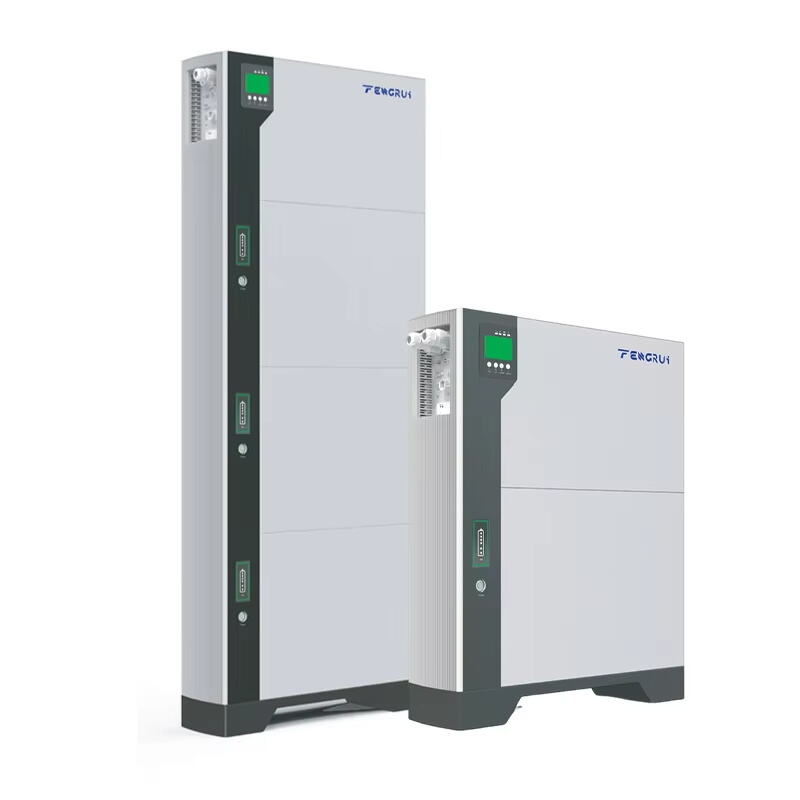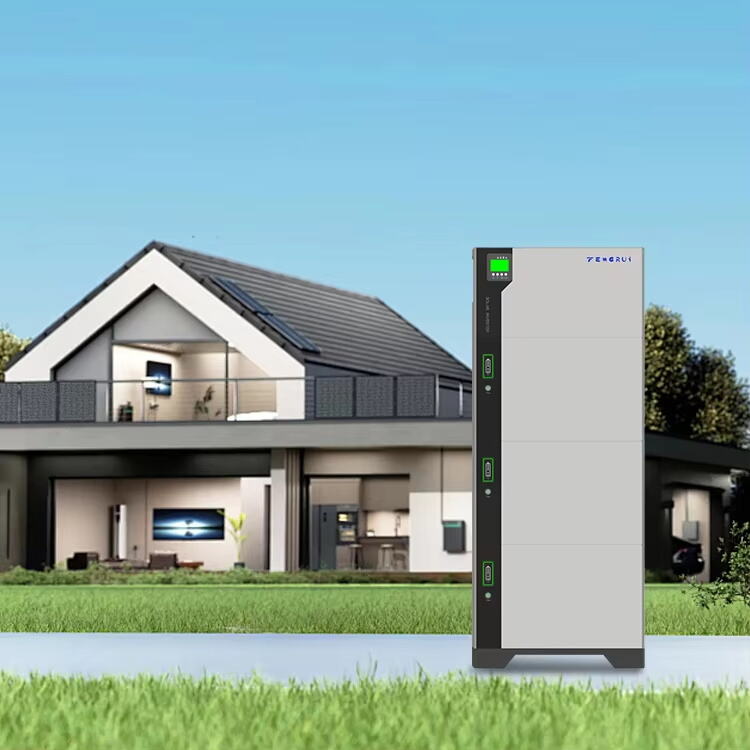Unlocking the Full Potential of Home Energy Storage
Energy Storage Systems (ESS) have evolved far beyond their original purpose of providing backup power during outages. Today, more homeowners are discovering innovative ways to utilize ESS for improved energy management, cost reduction, and greater grid independence. By optimizing the use of stored energy, households can lower peak demand, participate in energy arbitrage, and contribute to a more resilient power infrastructure.
Optimizing Time-of-Use with ESS
Reducing Electricity Costs with Peak Shaving
One of the most popular methods to utilize ESS is peak shaving—drawing stored power during peak electricity rate periods to avoid high utility charges. Many regions operate on time-of-use (TOU) pricing, where energy costs fluctuate depending on the time of day. Homeowners can charge their ESS when rates are low and discharge during expensive peak hours, effectively flattening their load profile and cutting monthly energy bills.
This strategy is especially useful in areas where daytime energy use spikes due to cooling, cooking, or EV charging. By deploying stored energy instead of pulling from the grid, homeowners avoid premium charges and reduce overall grid strain.
Charging During Off-Peak Hours
Another creative way to utilize ESS involves charging the system during off-peak hours, even without solar panels. Some households take advantage of cheap overnight electricity rates to fill their batteries and use the stored energy during the day when rates climb. This approach transforms ESS into a tool for load shifting, making energy use more economical and environmentally friendly.
It also aligns well with dynamic pricing models, where utilities incentivize customers to use power when demand is low. The result is a more balanced grid and reduced pressure on infrastructure during peak periods.
Enhancing Self-Consumption of Renewable Energy
Maximizing Solar Power Usage
ESS becomes even more powerful when paired with a rooftop solar installation. Many homeowners now utilize ESS to store excess solar power generated during the day, which can then be used after sunset. This increases solar self-consumption, reduces reliance on the grid, and enhances energy independence.
Instead of sending surplus electricity back to the grid for minimal compensation, homeowners retain and use it when they need it most. This not only improves return on investment but also shields users from future rate hikes and utility policy changes.
Reducing Grid Interactions
By using ESS to create a more self-contained home energy ecosystem, homeowners can reduce their interaction with the grid. This is particularly appealing in regions with unstable grids or frequent outages. When homeowners utilize ESS to store energy locally, they create a more stable and predictable energy flow for their household, minimizing grid dependency.
In extreme cases, some households operate as microgrids, only relying on the grid for emergency backup or seasonal balancing. This shift supports sustainability and enhances power security.

Smart Energy Management and Automation
Integrating with Home Automation Systems
Modern homes are increasingly integrated with smart energy management systems. Homeowners now utilize ESS in conjunction with smart thermostats, lighting, EV chargers, and energy meters. These systems can automate when to charge or discharge the battery based on real-time pricing or weather conditions.
For example, on a hot summer day, a smart system might pre-cool the home using battery power in the morning before peak rates begin. Likewise, electric vehicle charging can be scheduled for times when battery storage is full or electricity is cheapest, maximizing both convenience and savings.
Data-Driven Decision Making
When homeowners utilize ESS as part of a connected energy system, they gain access to detailed performance metrics. Many ESS platforms provide insights into energy usage patterns, solar generation, charge cycles, and battery health. These insights empower homeowners to fine-tune their energy consumption behavior for better efficiency and cost-effectiveness.
By analyzing this data, users can make informed decisions—such as resizing their system, adjusting usage habits, or upgrading to higher capacity batteries as their needs evolve.
Supporting Community and Grid Benefits
Participating in Virtual Power Plants
Some energy markets now allow homeowners to utilize ESS as part of a virtual power plant (VPP), where many individual systems are aggregated to support the local grid. During times of high demand, these distributed systems can supply power back to the grid, enhancing reliability and reducing the need for fossil fuel-based peaking plants.
In return, homeowners may receive compensation or rebates. This turns ESS into not just a private asset, but a community-oriented energy solution that promotes sustainability and resilience.
Emergency Preparedness with Grid Support
While backup power is a traditional use, modern homeowners utilize ESS as a proactive tool for emergency readiness. In areas prone to wildfires, hurricanes, or rolling blackouts, ESS ensures continued operation of essential appliances, medical equipment, and communication tools.
Unlike noisy and fuel-dependent generators, battery-based systems are quiet, clean, and instantly available. This level of preparedness is increasingly valued in an age of climate uncertainty and infrastructure vulnerability.
Frequently Asked Questions
How does utilizing ESS for peak shaving help reduce energy bills?
Peak shaving allows homeowners to use stored energy during expensive time-of-use periods.
This reduces the need to draw power from the grid when rates are highest, significantly lowering electricity bills.
Can I utilize ESS without having solar panels?
Yes, many homeowners charge their ESS using grid electricity during off-peak hours.
They can then use the stored energy during peak times, reducing costs and improving energy efficiency.
What size of ESS is best for home energy management?
The ideal ESS size depends on your household energy usage, goals, and whether you use solar power.
A qualified energy consultant can help determine the best capacity based on your consumption profile.
Are there financial incentives for utilizing ESS at home?
Some regions offer tax credits, rebates, or incentives for ESS installation and grid participation.
Check with your local utility or government programs for specific opportunities in your area.

